by Mark S. Longo
How the Nizari Ismailis came to be known as the Assassins is still the subject of much debate. Popular mythology maintains that their ominous name derived from their use of drugs such as opium and hashish to induce a fanatical frenzy in their killers. This myth was first carried back to Europe by the Crusaders, but did not become widely known in the West until it was published in the travelogues of Marco Polo. Polo discussed the workings of the Assassins in his book and even claimed to have visited Alamut. However, it should be remembered that he wrote his travelogues in the late 13th century, well after the Assassin period had come to an end.
[text_ad]
The Old Man of the Mountains
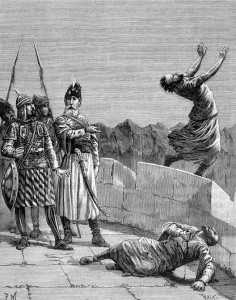
According to Polo, the Assassins were led by a shadowy figure called the Old Man of the Mountains. The Old Man constructed a secret area inside Alamut that he called the Garden of Paradise. The garden supposedly was filled with exotic food, drink, and scantily clad women. His young recruits were taken there and drugged into a stupor. They would awaken inside the garden and be overwhelmed by its delights. Polo continued: “At certain times he caused opium to be administered to ten or dozen of the youths; and when half dead with sleep he had them conveyed to the several apartments of the palaces in the garden. Upon awakening from the state of lethargy, their senses were struck with all the delightful objects that have been described, and each perceived himself surrounded by lovely damsels, singing, playing, and attracting his regards by the most fascinating caresses, serving him also with delicate viands and exquisite wines; until intoxicated with excess of enjoyment amidst actual rivulets of milk and wine, he believed himself assuredly in Paradise, and felt an unwillingness to relinquish its delights.”
After a short time, the Old Man would remove them from the garden, give them a ceremonial dagger and order them to murder a selected target. He promised them that, if they were successful, they would be allowed to return to the garden. If they died carrying out their mission, they would be rewarded with even greater delights in the afterlife.
The 14th-century German priest Brocardus left behind an even more hair-raising description of the Assassin sect. Describing the dangers of travel in the Middle East, Brocardus specifically cited the Assassins: “I name the Assassins, who are to be cursed and fled. They sell themselves, are thirsty for human blood, kill the innocent for a price, and care nothing for either life or salvation. Like the devil, they transfigure themselves into angels of light, by imitating the gestures, garments, languages, customs and acts of various nations and peoples.”
A Colorful Caricature

Polo’s and Brocardus’s fanciful tales of drugs and murder, while exciting, have little basis in reality. There is no evidence to suggest that the Assassins used drugs in their ceremonies. Indeed, the use of alcohol and other intoxicants was prohibited by the austere Islamic sect. Despite such prohibitions, the myth that the Assassins were drug-crazed killers has persisted into the modern day. Part of the confusion stems from the terms hashishim and hashishiyya, two names commonly used by early Muslim sources to refer to the Nizari Ismailis. These names would later become the roots of the word “assassin.” Both of these terms loosely translate to “users of hashish,” prompting many later historians to assume that the Nizaris used the drug. However, since hashish was considered to be the drug of the immoral and disenfranchised, it is more likely that the names were meant in a derogatory manner. It must be remembered that many contemporary chroniclers of the Assassins were Sunnis, and they had a vigorous dislike for the Shiite sect. This dislike colored their accounts and prompted them to brand the Assassins with a fearsome name that would be dreaded and reviled for centuries.
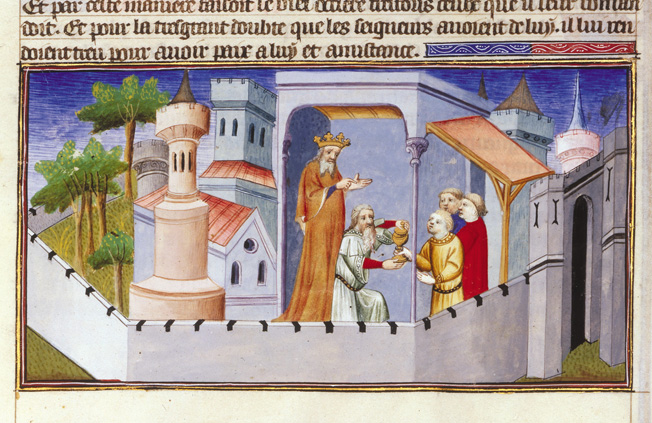
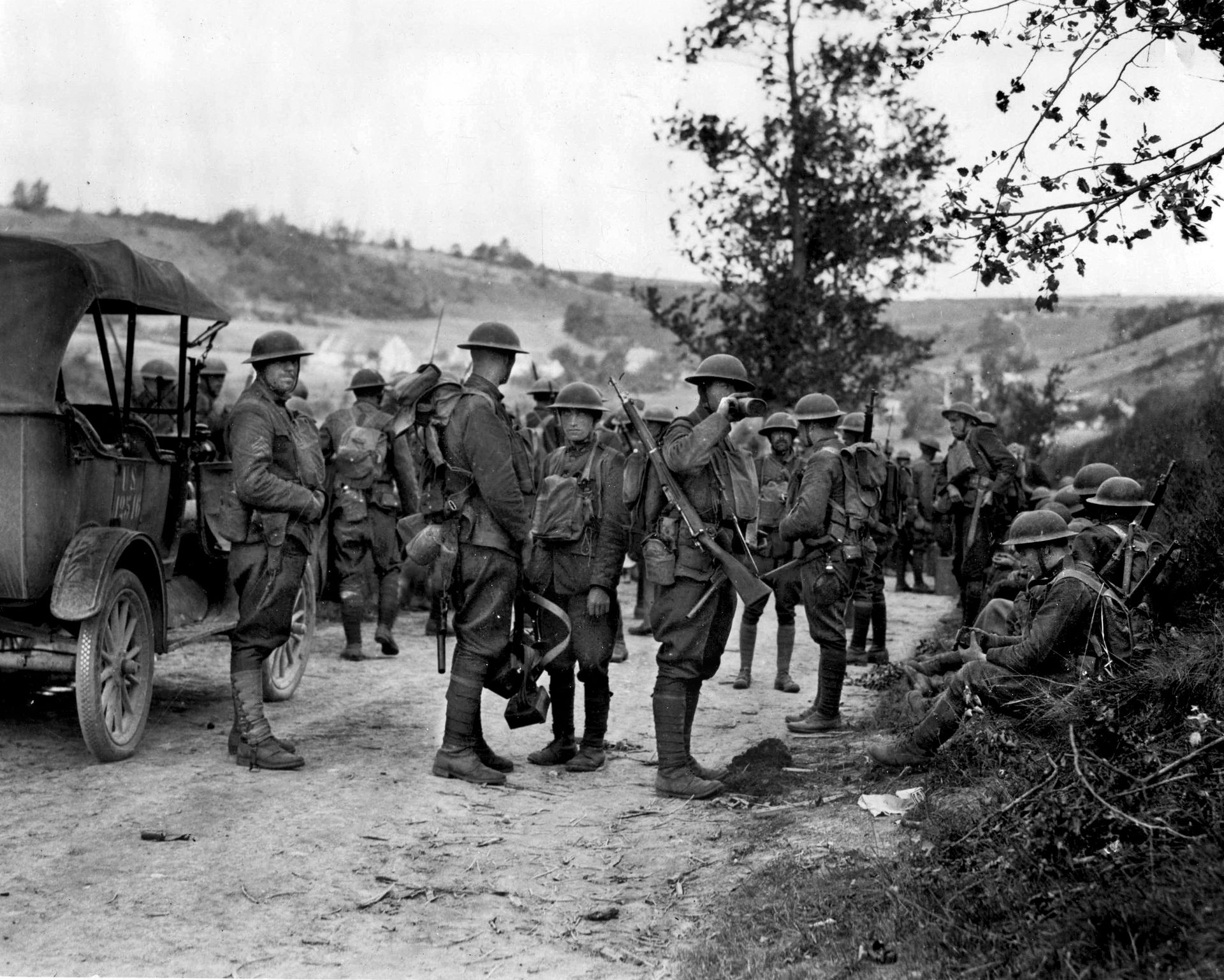
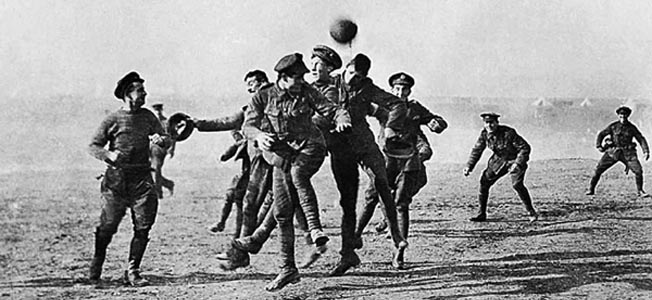
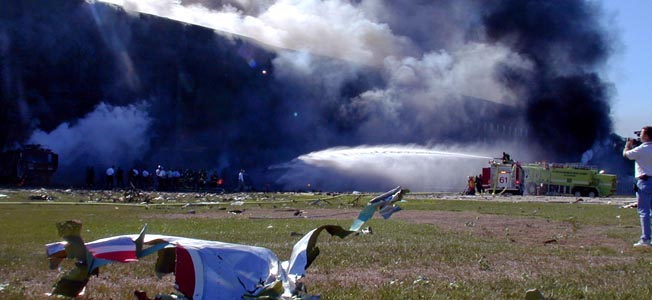

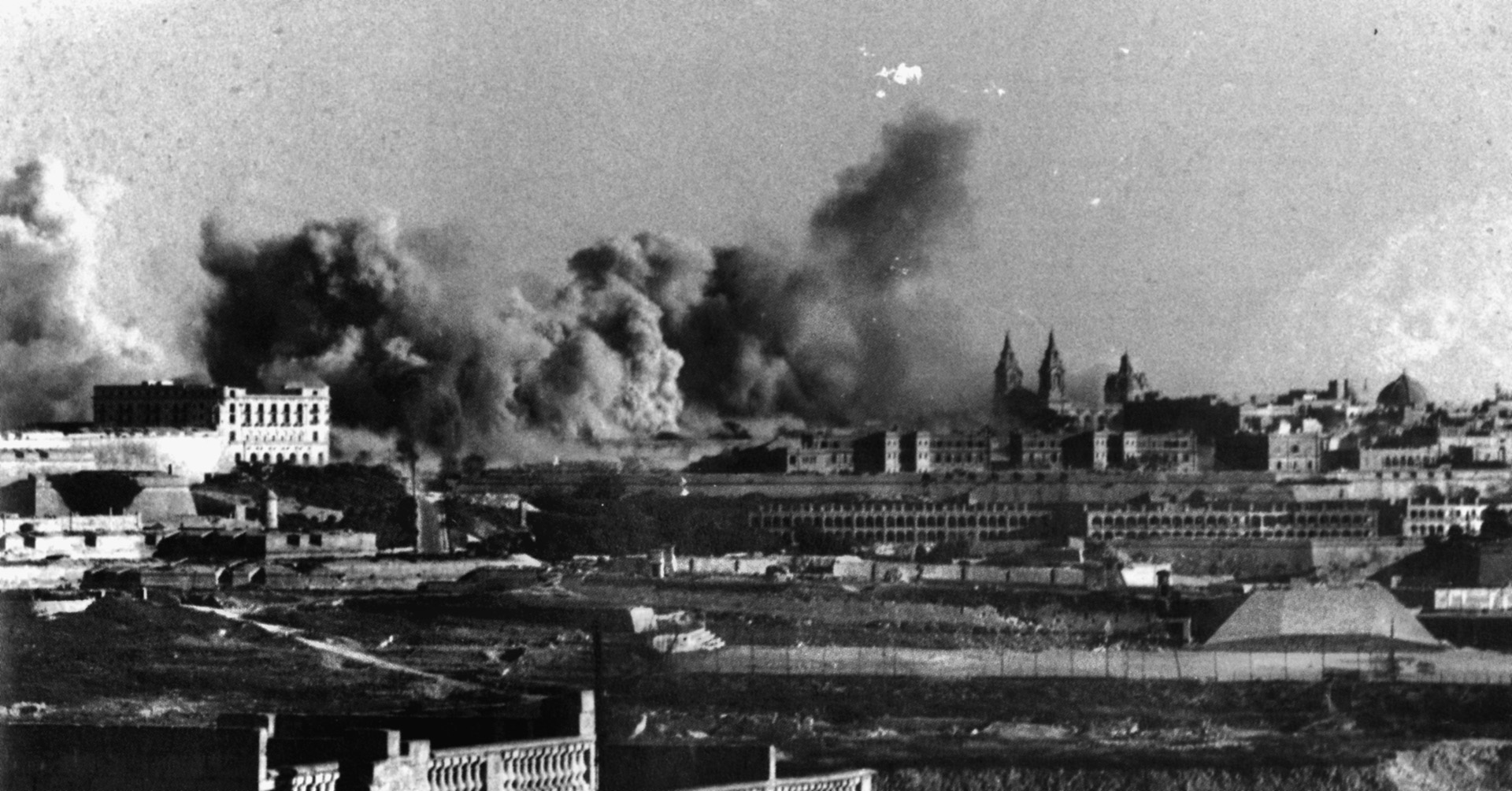
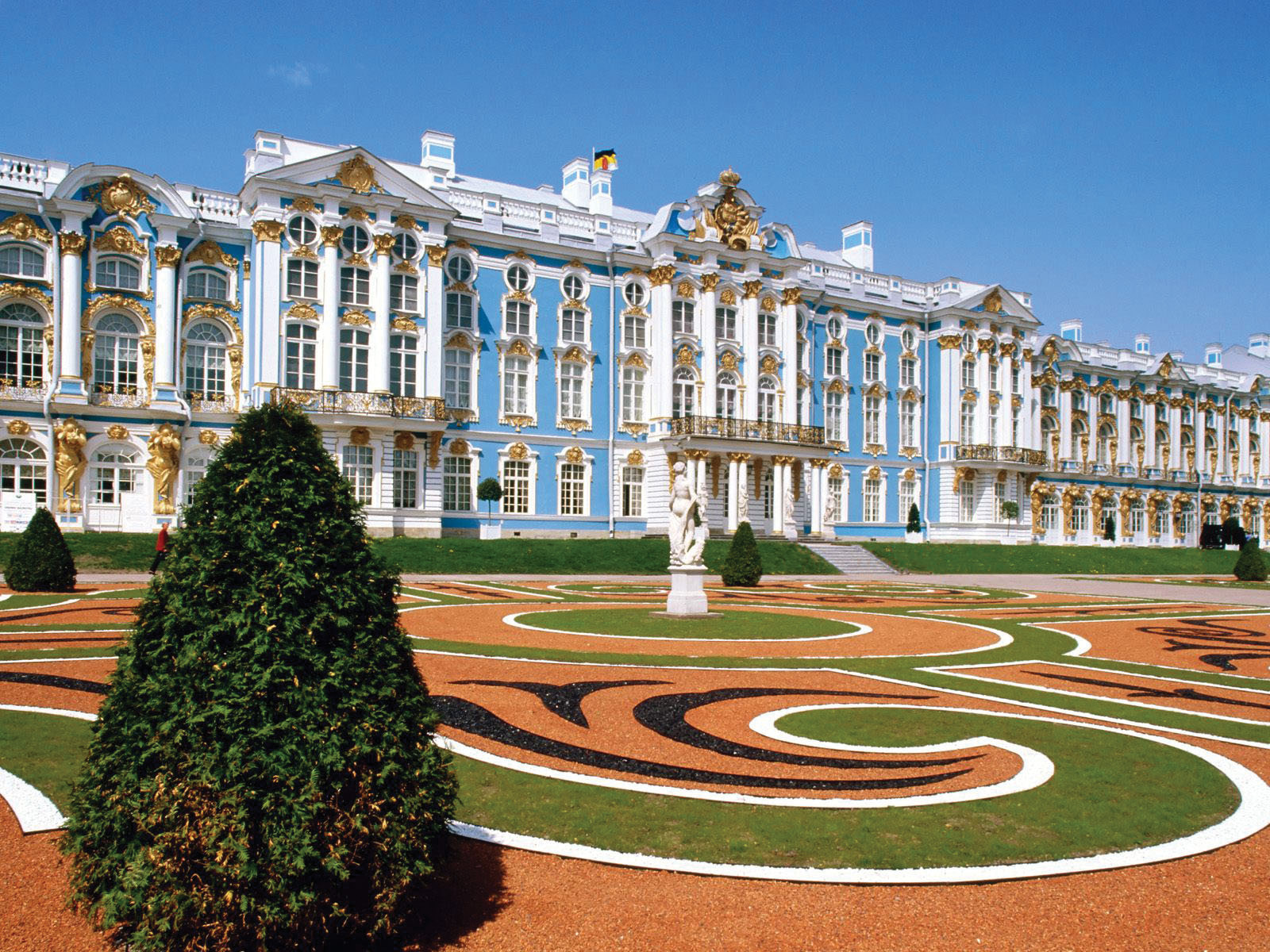

Join The Conversation
Comments
View All Comments